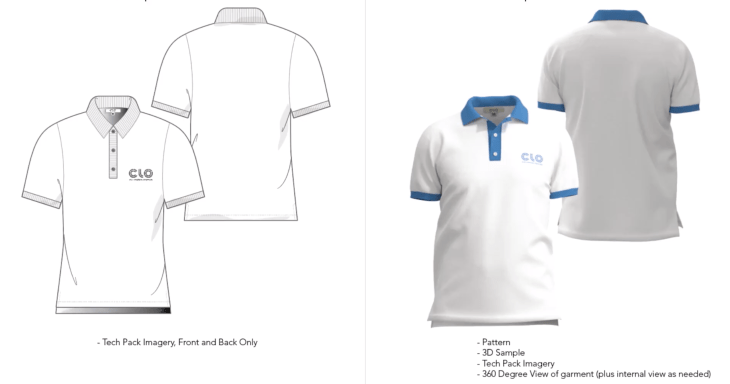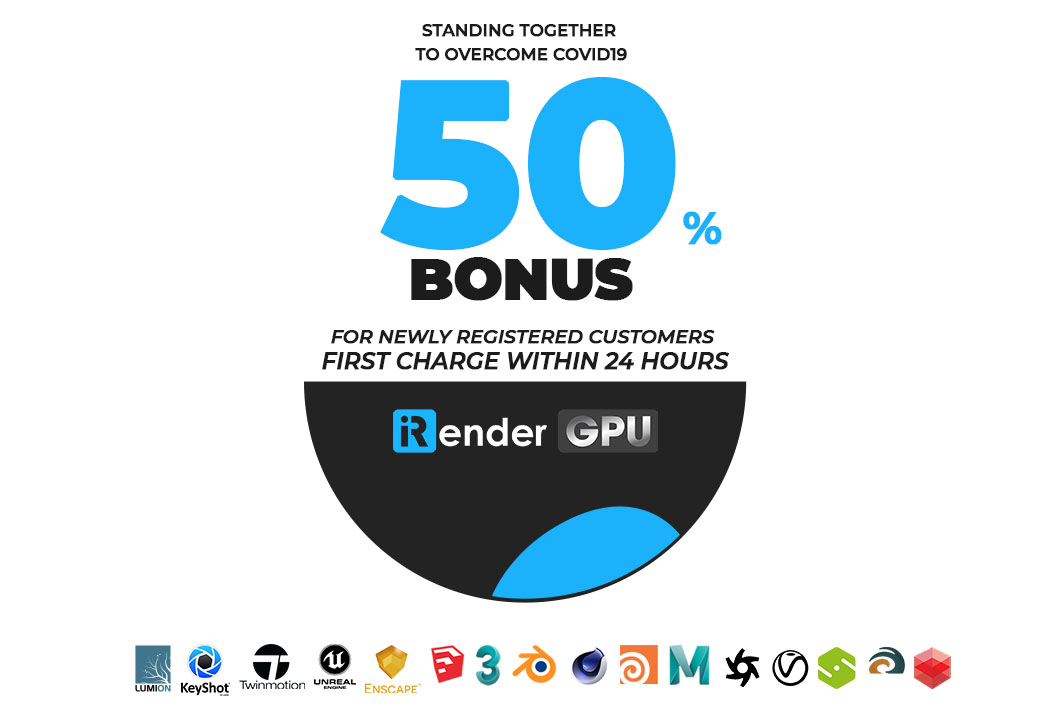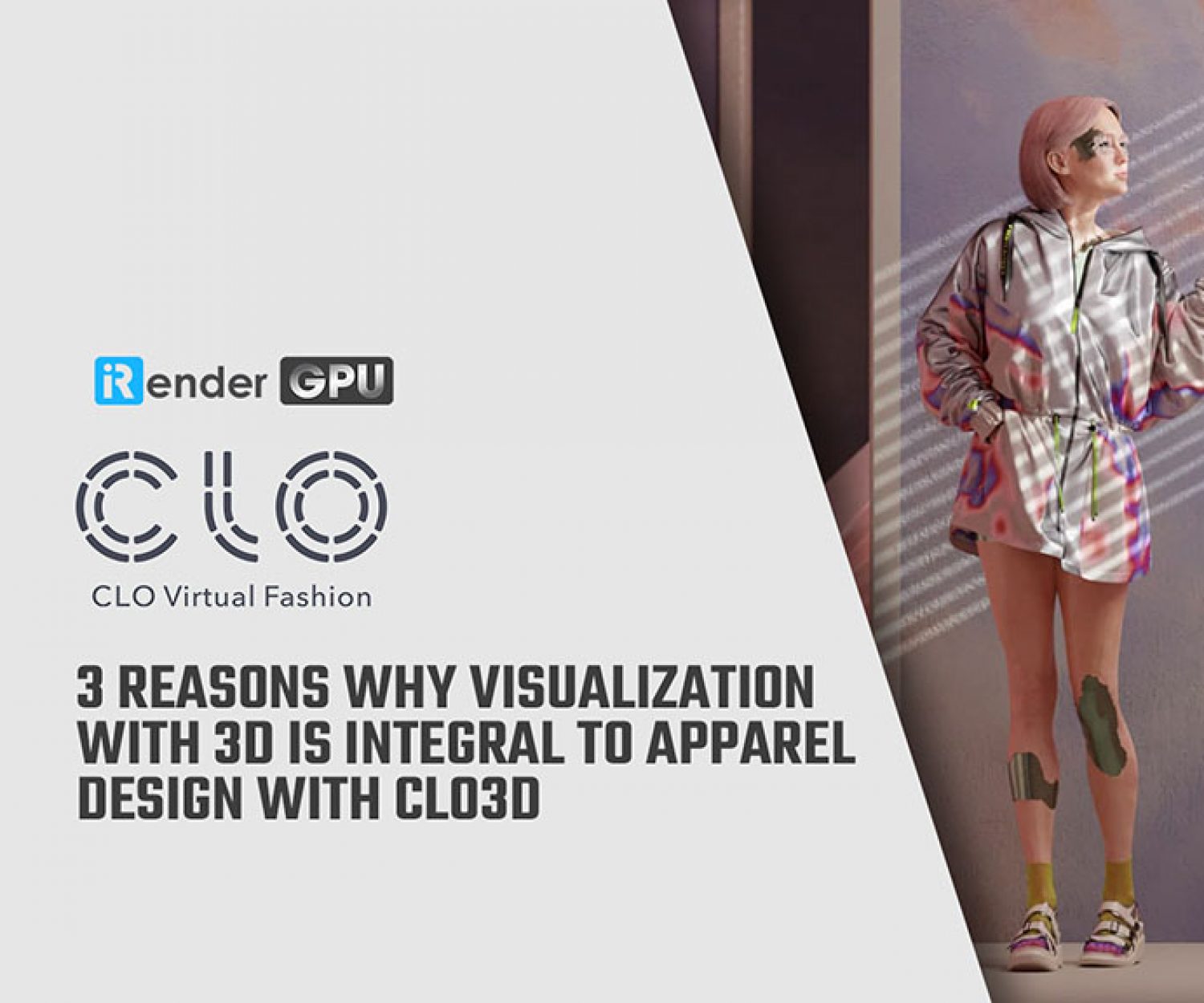3 Reasons Why Visualization With 3D is Integral to Apparel Design with CLO3D
Implementing a 3D design software like CLO3D that allows for visualization, and not just illustration with 2D, has given many companies the chance to truly expand, revolutionize their design process, and improve their workflow, while also fostering an environment for peak creativity and innovation. It is indisputable that the capabilities and benefits offered by visualization with 3D design are paramount for fast and efficient apparel design. Here are 3 reasons why 3D design is integral to the design process:
1. It gives you the ability to envision the garment in its real-life state
Illustration doesn’t allow you to see how your garment will move in real-time. Because of this, you wouldn’t notice potential issues with the way it fits like you would with visualization. Garments made in 3D design offer something much more significant than illustrations can create. Regarding this particular point David Grant, VP of PLM and Design Systems at Theory said, “You’re able to look at something that’s much more meaningful than a sketch or a line sheet.” He continued, “You’re able to see what the actual product looks like without having to manufacture an actual sample.” You also couldn’t necessarily distinguish between minute details—like whether or not a shirt features pin-tucks or darts for example.
With 2D, the only views that are going to exist are those that are specifically drawn, which is typically just a front and back view. Sometimes more angles would be created depending on how detailed the garment is, but that simply adds to how long the process can take. 3D design allows you to see all angles of a virtual prototype to scale including the interior of the garment. It also allows you the ability to create any variation of images—including photorealistic renderings—that you might want for your techpack. You can even add seam allowance in 3D to create an accurate pattern for sample cutting. All of these capabilities help to ensure that the output is accurate and will require little-to-no revisions.
2. It makes design changes effortless and eliminates the need for multiple physical prototypes
Making design changes to garments in 2D can be daunting and take a prolonged period of valuable time. Edits may need to be made numerous times, making for an extremely tedious and time-consuming process. When these changes are made, you also have to make the same changes to other views of the garment that were created as mentioned in the first point. In addition to that, making design changes in 2D introduces the possibility of errors being made. When a sample is made from a 2D sketch, it has to go through a number of revisions before being the accurate version of the garment that the designer initially created and envisioned. If there are edits to be made, they are done by hand in the PLM system, and it can take hours to write out the comments from fittings. You would then take photos of the garment on the fit model, upload those photos to your computer, draw on the pictures with written out comments for edits, and then just hope that the factory would make the corrections for the next sample. With visualization, it’s incredibly easy to alter nearly anything you may want to change about a garment in mere seconds. When you adjust the pattern, your measurements are updated instantly and comments can be made via CLOSET, which only takes minutes. Daniele Manassero, 2D and 3D Patternmaker at Miroglio Fashion says, “The fact that we can see the garment simulation on the avatar that has the customer’s measurements, permits to design graphics with the right proportions immediately.” He continued, “We saw a 90% reduction of reworking since the beginning.” This completely eliminates the need for recreating certain details of the garment and limits the number of samples needed (if any at all).
With that being said, as mentioned earlier, designs created in 3D have substantial data and communicate extensive information in regards to fit and potential issues. Designs created in 2D contain no actual data and the sketch is extremely limited and virtually obsolete. Because they are not to scale and contain no data, factories are producing these samples just for them to end up having to rebuild it again and again until it’s right. This is because with PLM, it is all guessing. You put in measurements based on previous successful bodies or blocks that have been customized to your fit mode, but you won’t truly know if it works until you receive the first physical sample. This prolongs the product development cycle dramatically as they are forced to constantly re-work physical samples. With CLO, you are creating a 3D sample that you can visualize on an avatar instead of just writing out information and hoping for the best. It’s almost like writing a recipe versus seeing a preview of the finished product. Being that using 3D design softwares like CLO3D eliminates the need for reworking garments, hence limiting the number of samples needed, this in turn reduces the waste created by those that were not created accurately. “CLO3D brought some advantages to production,” says Lorenzo Dovesi, Operation Manager at Miroglio Fashion. He continues, “For example, the waste reduction during the design process. We create less prototypes because the designer can faster identify the perfect solution.”
3. It’s easier to communicate with other departments when using visualization
Being that outputs created in 2D are not generally to scale and often have many inaccuracies, this leads to miscommunications between the designer and patternmaker, or the factory. Companies often have these miscommunications because of the way that they are used to communicating. Simply relying on sketch and mannequins have no reference to scale or actual human sizing which results in a lack of information and overall data. Visualization with 3D design hugely reduces the likelihood of that happening being that the final output is being easily conveyed and is accurately represented. People throughout every step of the design process are accustomed to speaking a variety of different languages: sketch, inspirational boards, images, BOMs, 2D CAD files, and the list goes on. Visualization makes directly collaborating easier and ensures that everyone is speaking the same language—3D is not only a tool but the new standard of language in apparel design.
Additionally, other departments like sales, merchandising, and marketing can leverage the photorealistic renderings made in 3D whether that be for marketing purposes, or showing buyers and retailers virtual prototypes of products that will be released before they are even actually created. “Before CLO3D, we had communication problems with the style department,” said Silvio Cattarin, CAD Manager of Emilio Pucci. “Making an entire collection with a lot of prints in 2D didn’t give the style department a clear idea of the final prototypes,” he continued. You are simply not able to create images or animations in 2D that are compelling or aesthetically-pleasing enough to meet these same needs.
The professional cloud rendering service for CLO3D
iRender provides High-performance machines for GPU-based & CPU-based rendering on the Cloud. For CLO3D user, iRender provides a dedicated GPU Cloud Rendering Package – GPU Server 3 with one powerful graphic card RTX 3090 and high clock speed CPU 3.90GHz, which will speed up your workflow and rendering process many times.
+ CLO utilizes Nvidia CUDA acceleration technology for CLO GPU-Simulation and Rendering. So computers with only Intel Graphics or AMD GPU do not benefit from hardware acceleration that speeds up CLO simulation and rendering. In addition, currently, CLO only supports 1 graphic card, does not support multiple GPUs. Therefore, you only need 1 graphic card, and that card has to be powerful enough. GPU server 3 has NVIDIA RTX 3090 – the most powerful graphic card right now.
+ GPU Server 3 has 24 GB vRAM capacity, fitting to the heaviest image and simulations. You don’t have to worry that your entire image or simulation will not fit in memory limit.
+ A RAM capacity of 128 GB is many times higher than the minimum requirement.
+ CPU is important in CLO workflow, also, in a non-Nvidia GPU equipped computer, calculations necessary for CLO simulation and rendering are performed on the CPU, and the visual quality of these results is the same. GPU Server 3 has Intel Xeon W-2245 with a high clock speed of 3.90GHz, surely helping you handle the tasks smoothly.
Why iRender?
Reasonable price (lots of bonus)
You will be charged on a per-minute basis. However, you can always save up to 50% with our Fixed Rental feature. For those who are in need of the server for more than a day, or have extremely large projects, we advise choosing daily/weekly/monthly or even yearly rental packages. The discount is attractive (15% for daily packages, 30% for weekly and monthly packages, 40% for yearly packages).
Real human 24/7 support
Our support is always online 24/7, helping you to handle the problem quickly, effectively, saving you both time and money.
Conclusion
If you have any questions, please do not hesitate to reach us via Whatsapp: +(84) 972755742. Register an ACCOUNT today and get FREE COUPON to experience our service. Or contact us via WhatsApp: +(84) 972755742 for advice and support.
iRender – Happy rendering
Source & pictures: CLO 3D blog
Related Posts
The latest creative news from Clo3D Cloud rendering, Enscape Cloud rendering, Lumion Cloud rendering, Twinmotion Cloud Rendering









